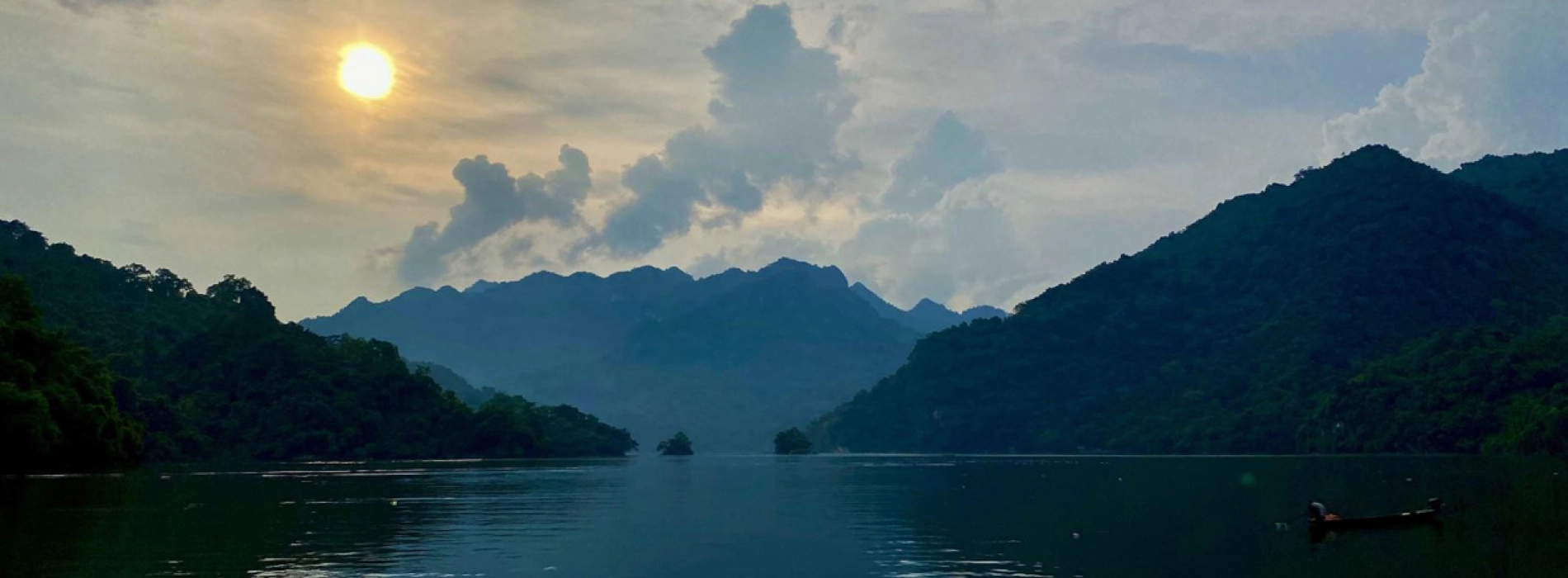This famous Buddhist temple, dating from the 8th and 9th centuries, is located in central Java. The symbolic Buddhist monument of Indonesia, Borobudur is built from two million blocks of stone in the form of a massive symmetrical stupa, literally wrapped around a small hill. Standing on a base of 118 m, its six square terraces are surmounted by three circular, with four staircases crossing carved walkways up. Viewed from the air, the structure resembles a colossal three-dimensional tantric mandrel (symbolic circular figure).
The monument was conceived as a Buddhist vision of the cosmos in stone, starting in the everyday world and spiralling up to nirvana, or enlightenment. At the base of the monument is a series of reliefs representing a world dominated by passion and desire, where the good are rewarded by reincarnation as a higher form of life, while the evil are punished with a lower reincarnation. These carvings and their carnal scenes are covered by stone to hide them from view, but they are partly visible on the southern side. The monument was restored with the help of UNESCO in the 1970s.
